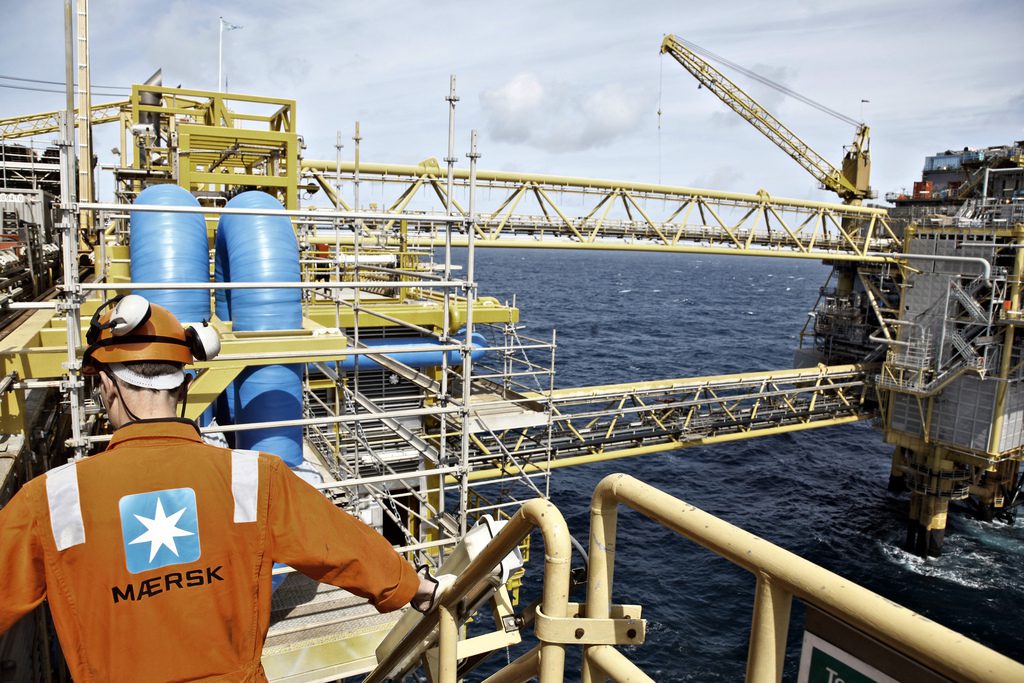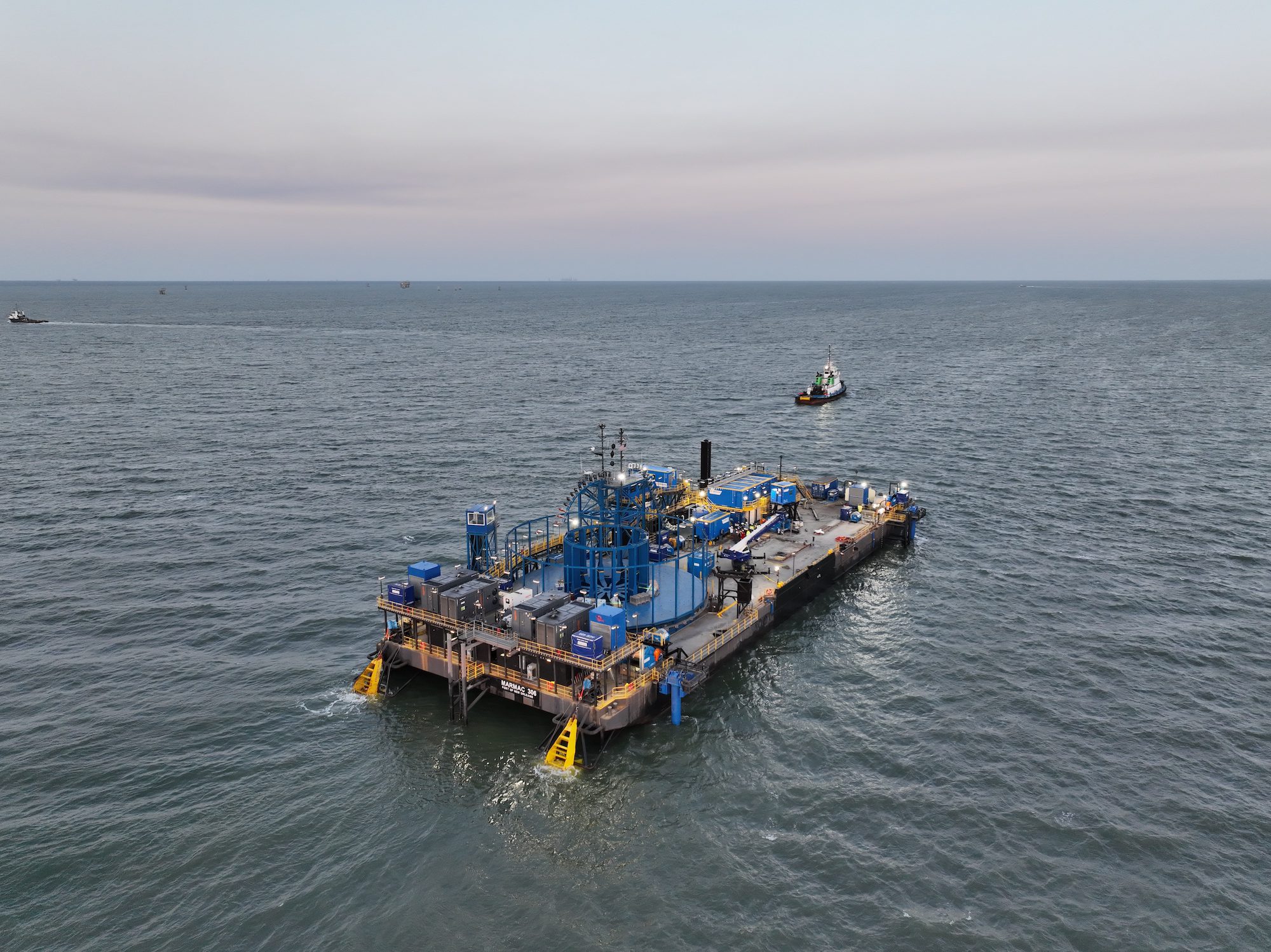File Photo: Maersk Group
By Christian Wienberg
(Bloomberg) — A.P. Moeller-Maersk A/S is adapting its cost base to prepare for the risk of lower crude prices as the world keeps producing more petroleum than it can consume, according to the chief executive officer of the Danish shipping and oil conglomerate.
Oil has risen about 60 percent from a 2016 low. But the risk that prices will again fall is forcing Maersk’s oil unit to explore bigger cost cuts than previously planned, said group CEO Nils Smedegaard Andersen.
“The price will obviously be driven by the balance between supply and demand and there will be oversupply for many months still,” he said by phone from Copenhagen. “It definitely can’t be ruled out that the oil price will fall again.”
Brent crude has rebounded as lower U.S. output removes some excess supply from the market. One barrel traded at about $45 on Wednesday, compared with a low of $28 in the middle of January.
“I have previously said the oil price was too low, but it’s very plausible that the balance between supply and demand will continue to be unfavorable,” Andersen said.
Maersk Oil, which has its main operations in the North Sea and Qatar, raised its full-year forecast and now sees the unit breaking even, compared with a forecast for a 2016 loss in February. The unit can now break even with oil at $40 to $45. It previously said oil needed to trade at about $45 to $55 in order to avoid a loss.
The division cut costs by 21 percent in the first quarter, a higher rate than the 20 percent it targets for end-2016 when comparing with 2014 levels. That means cuts will probably end up deeper than initially planned, the CEO said. Those measures helped Maersk deliver a bigger profit than analysts expected, driving its shares up as much as 6.7 percent on Wednesday.
“We’re happy we’ve reached the goal we set,” Andersen said. “We will definitely work on cutting costs even further.”
Maersk Oil reported a net operating loss after tax of $29 million in the first quarter, compared with a profit by the same measure of $208 million a year earlier. The loss was smaller than the $58 million predicted in a survey by Ritzau.
“We don’t outright expect that the oil price will fall, but we want to make sure we have a solid oil business even at an oil price in the $40 to $50 range,” Andersen said.
© 2016 Bloomberg L.P

 Join The Club
Join The Club











